Nikon D780 review
In this mirrorless age, is the Nikon D780 DSLR still good enough?

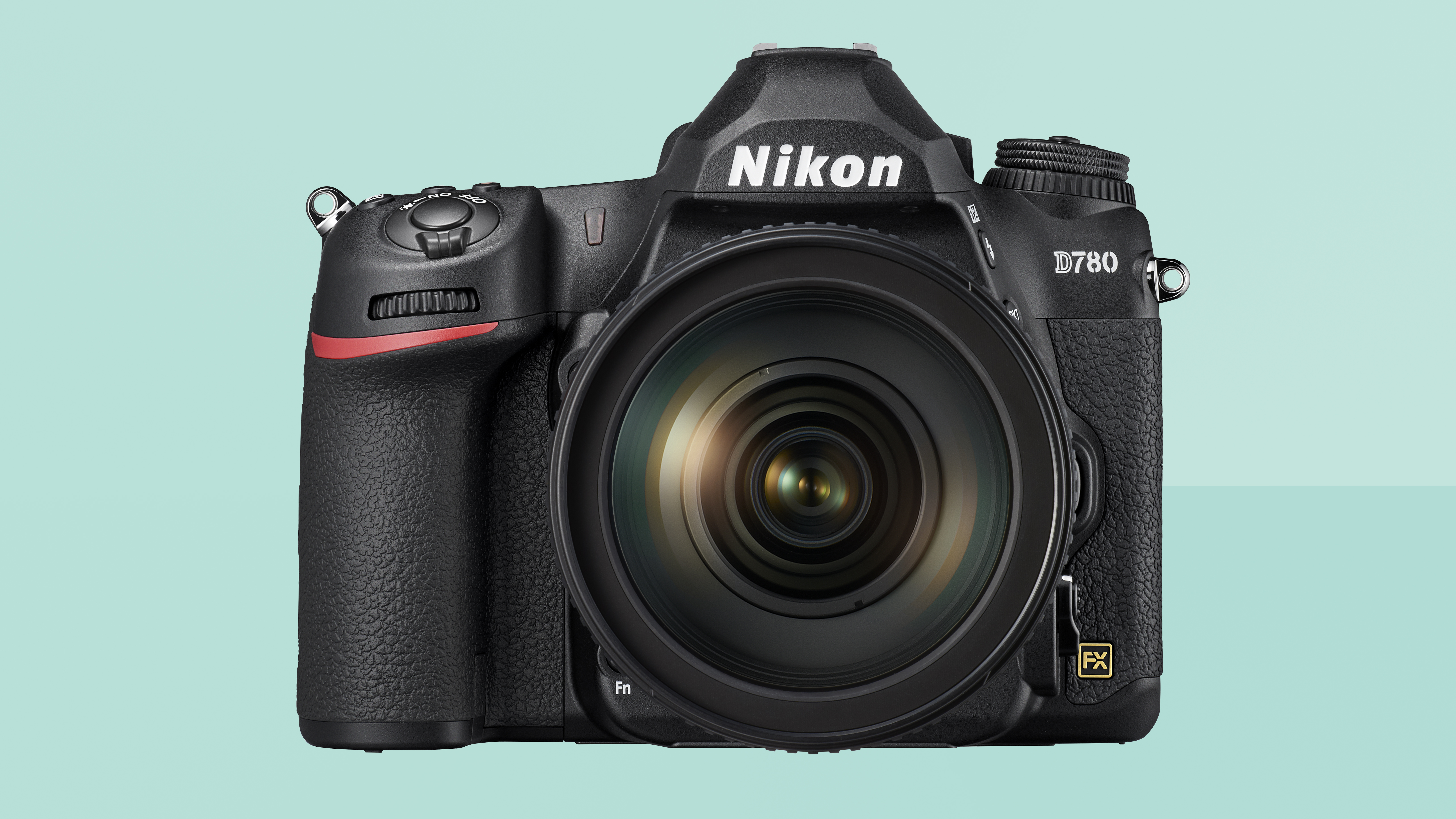
In the mirrorless world, the Nikon D780 has been able to keep up by staying true to its DSLR roots while adopting its mirrorless cousin's more advanced capabilities. Are its efforts enough? It's certainly compelling for those who still love the look and feel of DSLRs over anything else.
-
+
Excellent sensor
-
+
Great ISO performance
-
+
4K at 30fps video capability with N-Log
-
+
Long battery life
-
+
Articulating touchscreen LCD
-
+
Comfortable grip
-
+
Rugged built
-
-
Optical viewfinder has limited AF area
-
-
No in-body image stabilization
-
-
Bulkier than mirrorless bodies
Why you can trust T3

One might wonder why Nikon went ahead with the release of the Nikon D780 in this day and climate. Even beyond the pandemic, mirrorless cameras have been dominating the market for some time now. And, their heavier, bulkier, and perhaps less flexible rivals have become less compelling to photographers, pro and otherwise.
Well, with the Nikon D780, Nikon has perhaps found a way to put DSLRs back in the good graces of the photo community. The follow-up to the much revered Nikon D750, this DSLR inherits the sensor, 51-point AF system, and body of its predecessor while adapting some of the more advanced capabilities of the Z6, one of Nikon’s mirrorless releases.
With updates like faster read-out speed, faster shutter and burst speed, updated metering, better video capabilities, and two UHS-II SD card slots, the Nikon D780 is a much more capable camera. But, is it an irresistible enough proposition with lighter, more compact rivals with hybrid AF systems and extremely fast burst speeds hogging the spotlight?
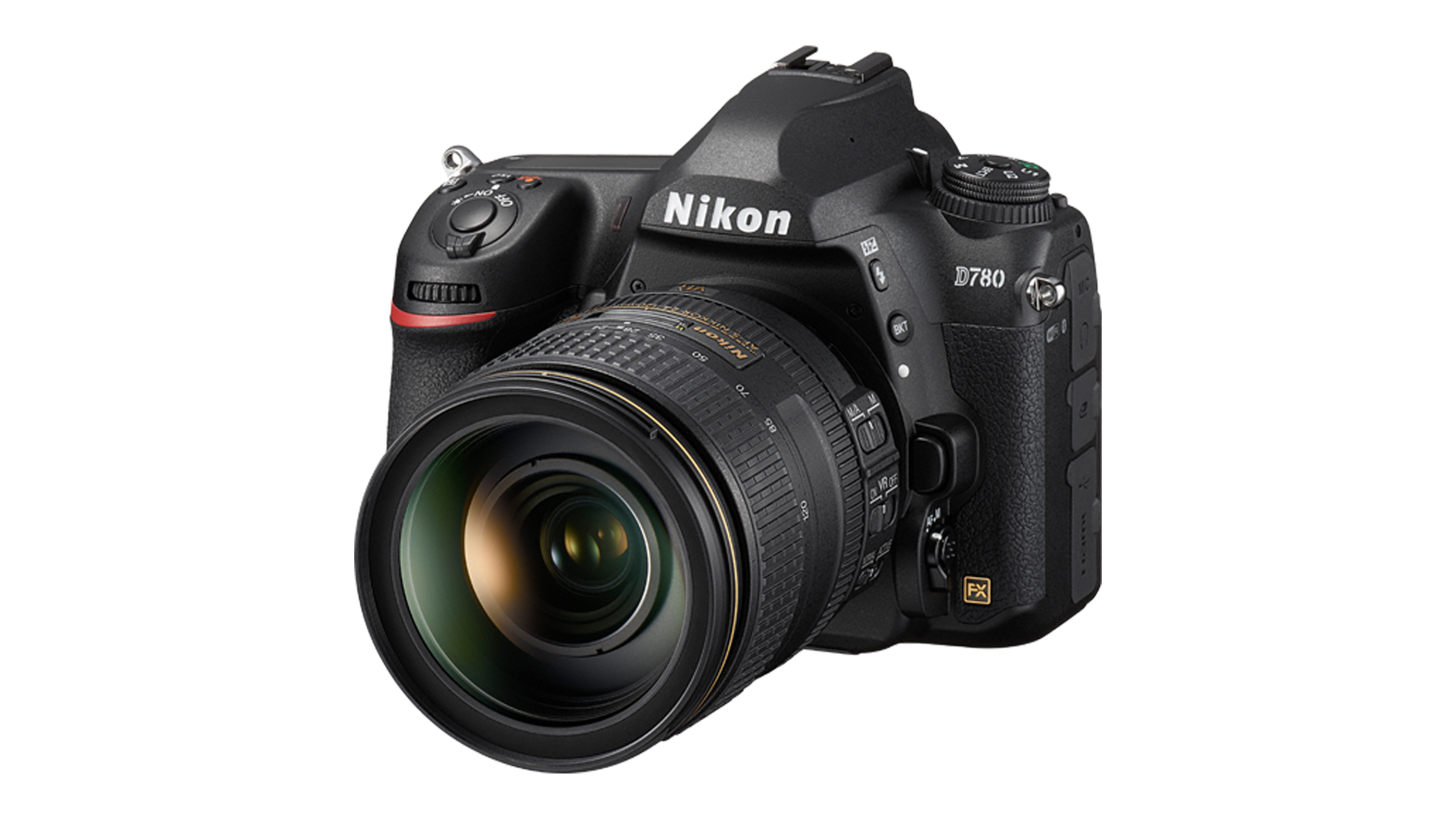
Nikon D780 Review: Design and Handling
The Nikon D780 may be rocking a few Z6-level updates inside, but externally, it looks very much like its DSLR predecessor, only redesigned with a better, deeper grip.
You certainly cannot mistake this for mirrorless. At 29.7 oz (body only), it’s 9 ounces heavier than the Z6, which might not seem much, but considering that’s almost the equivalent of two iPhone 12 minis, that’s a sizable and certainly noticeable difference. However, it’s surprisingly easy to handle and doesn’t feel fatiguing to carry around. That’s partly because it comes with a larger and deeper grip, so not only are you able to get a nice and secure hold on it, but it’ll also feel comfortable in your hand. Coming from someone who is used to mirrorless bodies and has small hands, that’s saying something.
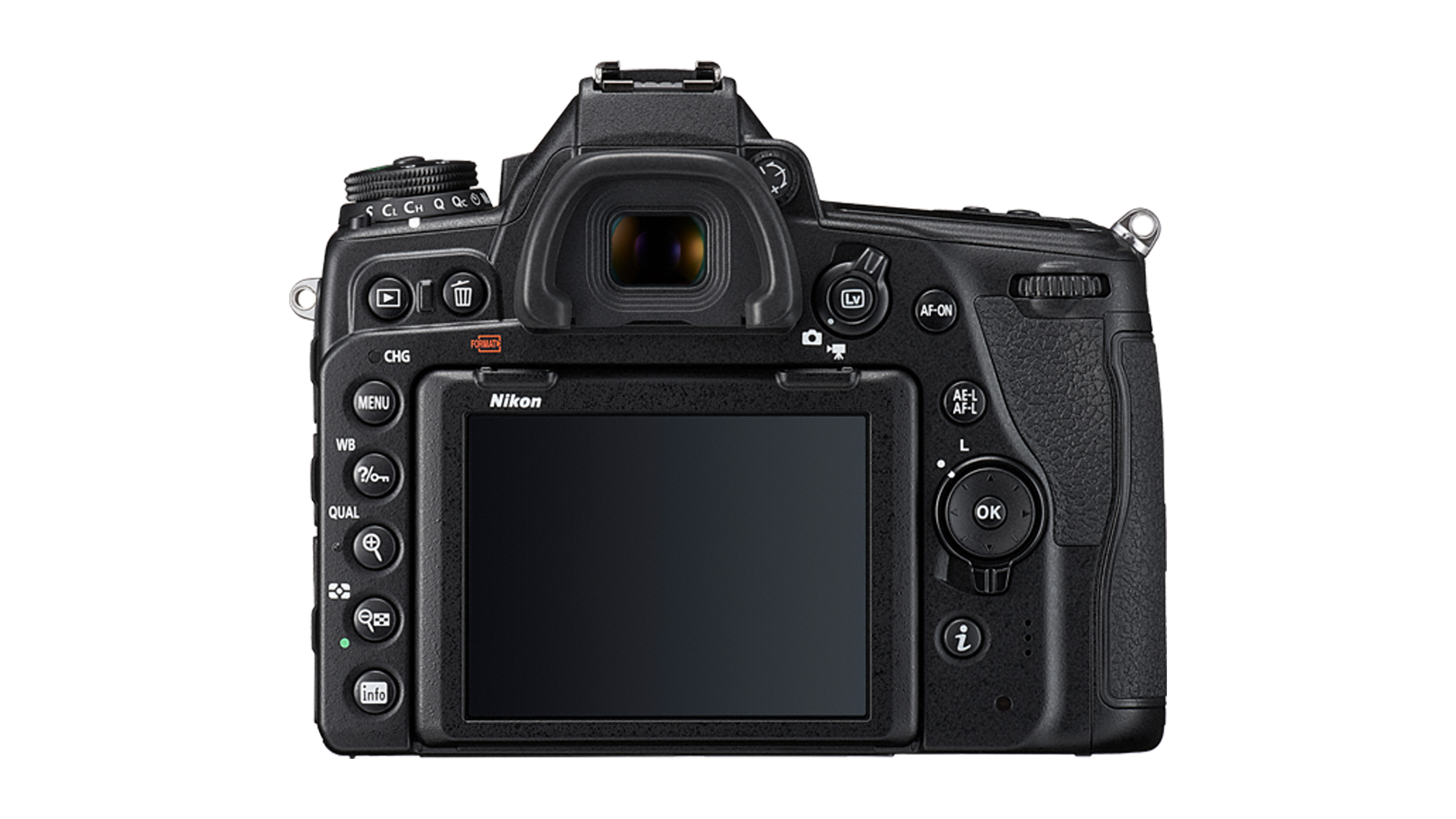
More to its credit, the Nikon D780 boasts a layout and controls that are surprisingly easy to familiarize and intuitive to use. It didn’t take much time for us to know which buttons and dials to use, as well as memorize where they are, making it easy to operate the camera and shoot on location without practice runs.
There are dedicated buttons for ISO and exposure compensation, as well as separate buttons for movie recording and taking stills, which is extremely convenient. There’s also a quick switch near the viewfinder to toggle between still and video captures, as well as a button for switching between viewfinder and live view.
Get all the latest news, reviews, deals and buying guides on gorgeous tech, home and active products from the T3 experts
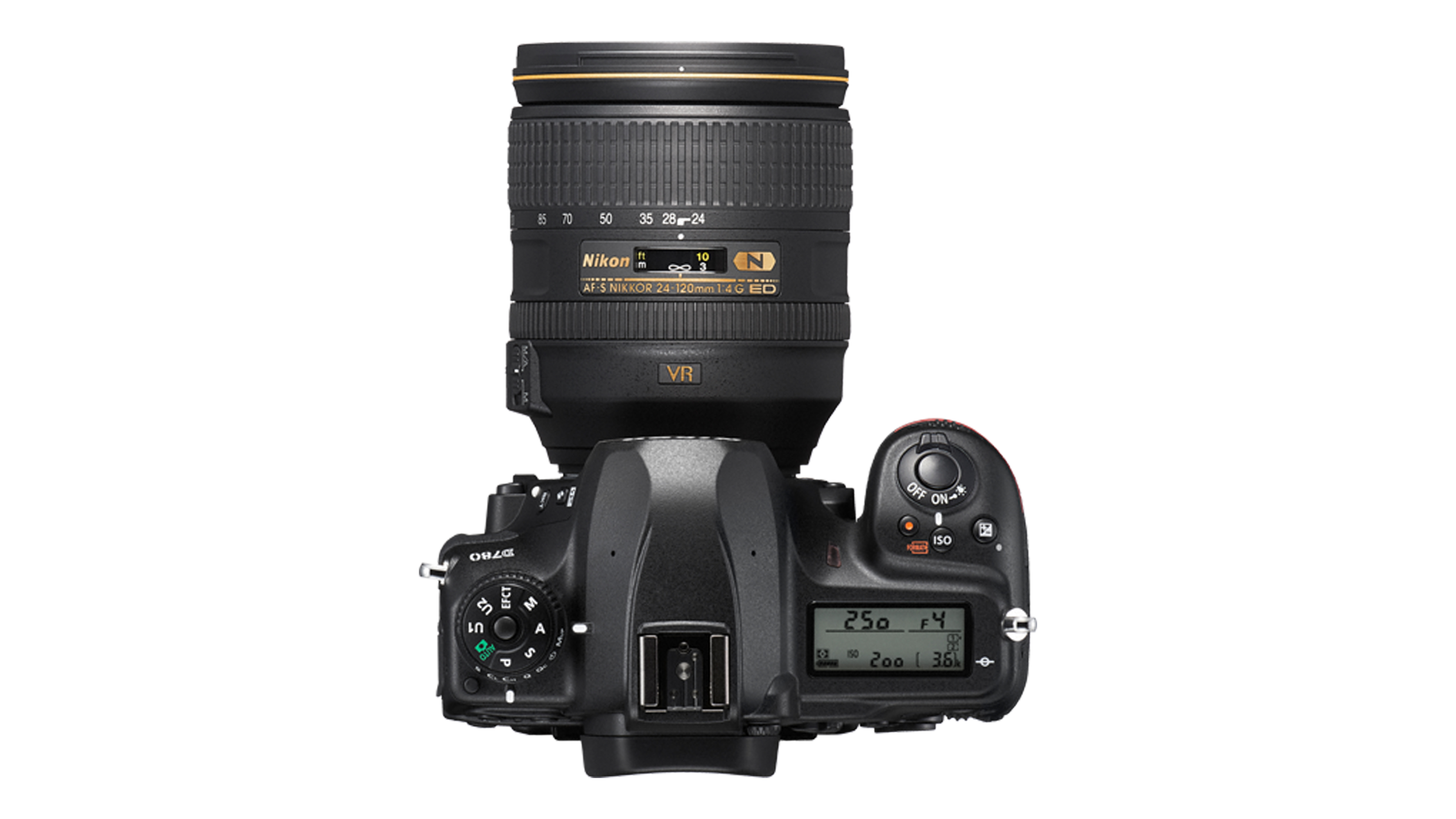
We have mixed feelings about the release mode and mode dials on the left side of the panel. They make it incredibly effortless to change shooting and release modes so you can quickly change from manual to aperture, from single shooting to continuous to timer without thinking about it. At the same time, both dials have locks that you’d have to press in order to turn them. On one hand, these locks effectively prevent accidental turns. On the other, it kind of takes away from the seamlessness of the experience.
Since the camera itself is big, not all buttons and dials are going to be within the easy extension of your hands and fingers unless you have massive hands. Still, it’s not a struggle controlling those buttons.
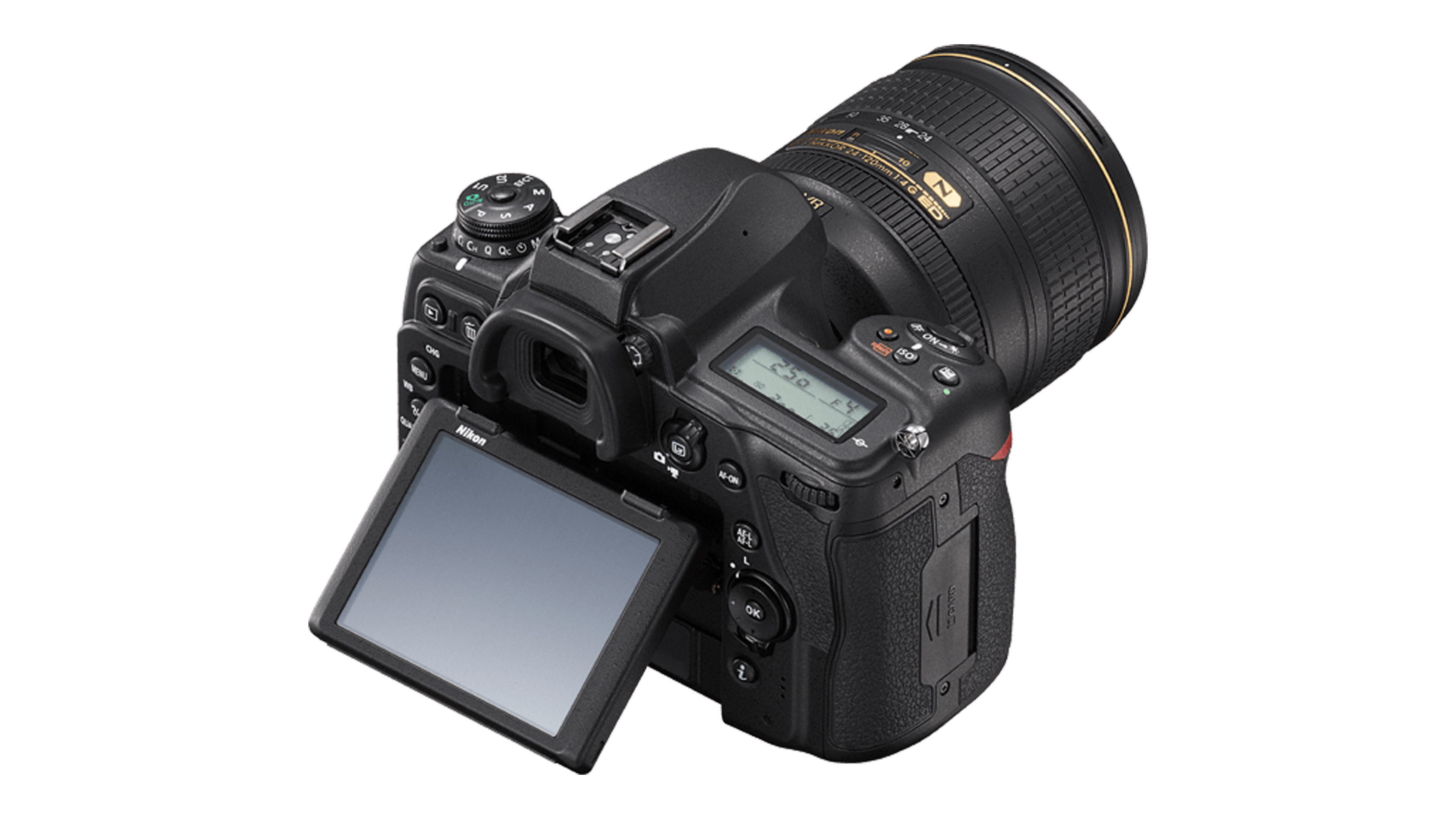
The 3.2-inch LCD display is an articulating touchscreen. It’s plenty sharp with a touchscreen functionality that works accurately. Meanwhile, its tilting capabilities makes shooting at angles incredibly easy, but it can only tilt vertically, not horizontally, which would have been helpful when shooting in portrait mode.
Unfortunately, the screen is also hard to see in full daylight – be prepared to squint and make good use of your hands for shade, especially when you’re shooting in Live View. Shooting with the optical viewfinder feels better anyway, as long as you don’t mind the limited area of AF coverage.
To give it that rugged build, it’s made of magnesium alloy and carbon fiber materials then extensively sealed to keep dust and moisture out. We didn’t get a chance to test it against rain, snow, or excessive heat. However, we have tested it in below 20F (below -6C) weather and even set it down on snow a couple of times, and it has worked beautifully without any issues.
Nikon D780 Review: Features
The Nikon D780 touts a similar sensor to that of the Z6, if not the very same, boasting a 24.5MP pixel count, a faster readout, and on-sensor phase detection. That’s the first of the updates from the D750. It also has faster shutter speed, mechanical burst rate and electronic burst rate, with a minimum of 1/8000 seconds, 7fps and up to 12fps respectively. Though those numbers are sizeable jumps, they are still welcome improvements.
Much like the Z6, ISO sensitivity range has also improved to 100 - 51,200, which is expandable to 204,800. Not that you’d need an ISO as high in most situations, but that’s an improvement from the D750’s 100 -12,800 (51,200 expandable). Also a marked improvement here is the RGB metering sensor – while the D750 had a 91,000-pixel one, the D780 doubles that with 180,000 pixels.
Viewfinder shooting gives you the same 51 AF points, 15 of which are cross-type, but shooting Live View should give you 273 AF points that cover 90% of the frame. Both have great subject tracking capabilities, but seeing as the viewfinder has limited AF coverage area, you probably would want to switch to Live View when the situation calls for it. Sadly, Eye Detection and Tracking is only available in Live View, but it does a decent job, even detecting some animals’ eyes.
Unlike its predecessor’s 1080p video capabilities at 60, 50, 30, 25 and 24p, the Nikon D780 also offers 4K shooting at 30, 25, and 24p as well as 1080p slow motion at 120p and both N-Log and HDR (HLG) recording formats for the pros. That’s quite an upgrade.
Another noteworthy upgrade here are the two card slots that support UHS-II SD cards, which are faster at up to 312 MB/s transfer speed and are backwards compatible.

Nikon D780 Review: Performance
Even if bulky camera bodies aren’t your cup of tea, you will be pleased by the Nikon D780’s performance. This isn’t a surprise considering the innards it’s adopted from the mirrorless Z6.
While there are higher-resolution cameras out there, that sensor captures and delivers beautiful, incredibly sharp images, with great dynamic range that helps minimize overblown highlights and very dark shadows, minimizing loss of detail. Color performance is impressive – rich, vibrant, and accurate, which can also be said for its video captures. The ISO performance is pretty good as well, although grain does get considerably discernible at 6,400 from 4,000.
Its viewfinder’s 51 AF points and limited coverage of the image area, I must admit, can be a tad limiting if you’ve relied a lot on autofocusing in the past. Subject tracking is accurate and speedy, but if your subject moves out of that AF area, you’ll have to readjust, making shooting fast moving subjects extremely inconvenient at times. If, on the other hand, your unmoving subject isn’t within the AF area, you can adjust your frame to lock focus on your subject by pressing the shutter halfway or pressing the AF-ON button, then readjusting to get your desired frame.
If that sounds too inconvenient for you, you can go ahead and use the Live View, which boasts a 90% coverage area and 273 AF points, as well as Eye Detection and Tracking. Unfortunately, it’s also slower to focus than the viewfinder. However, if you’re not trying to capture moving subjects, this shouldn’t be a problem. The Eye AF is pretty good, even detecting and tracking cats’ eyes. However, it isn’t as effective as that of other’s.
As far as battery life, it almost doubles the D750’s 1,230 shots, rating at 2,260 images on a single charge. Unless you’re a professional out on assignment or you won’t have access to an outlet for a couple of days, this camera won’t require you to have an extra battery. It’ll easily let you shoot all day – stills and some videos. Though we weren’t shooting all day, one battery lasted us two and a half days during testing. That’s pretty impressive.
Nikon D780 Review: Image Samples
We took the Nikon D780 to Las Vegas and Bryce Canyon alongside three lenses: the Nikon D780 24-120mm kit lens, AF-S NIKKOR 50mm f/1.4G, and AF-S NIKKOR 24mm f/1.4G ED. We shot in both RAW and JPEG Standard formats, but used the RAW images for the review converted to JPEG.

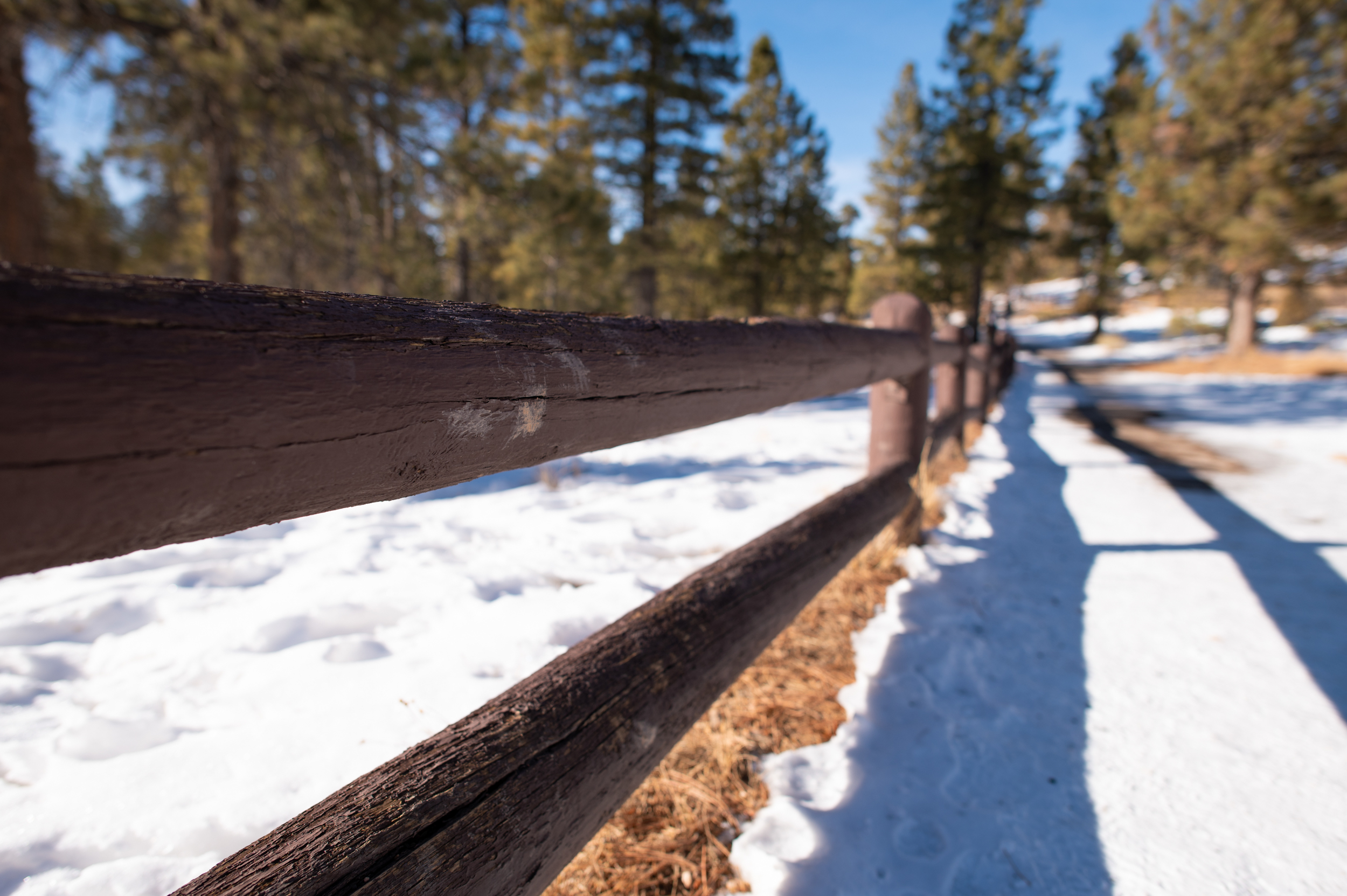
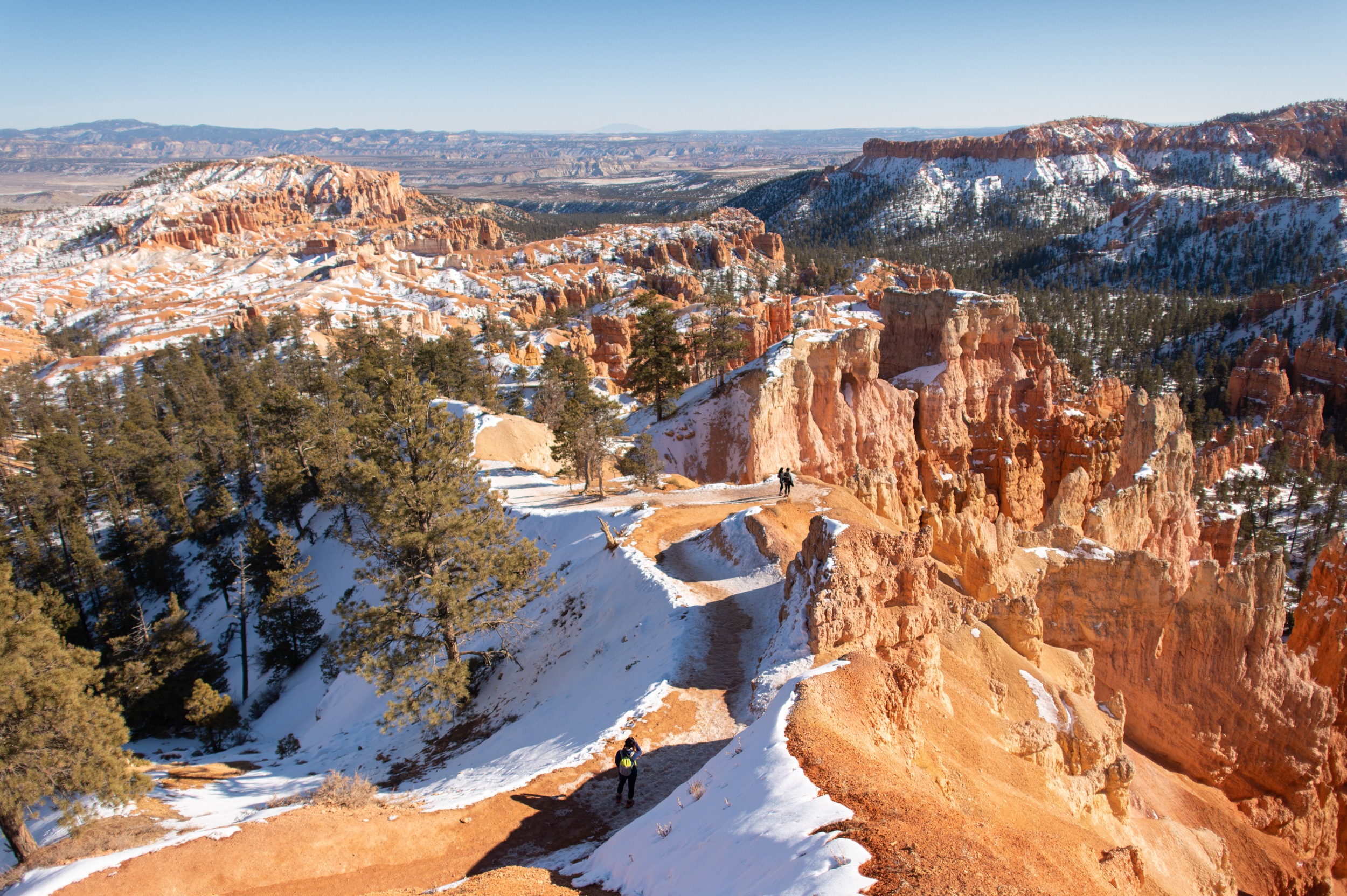
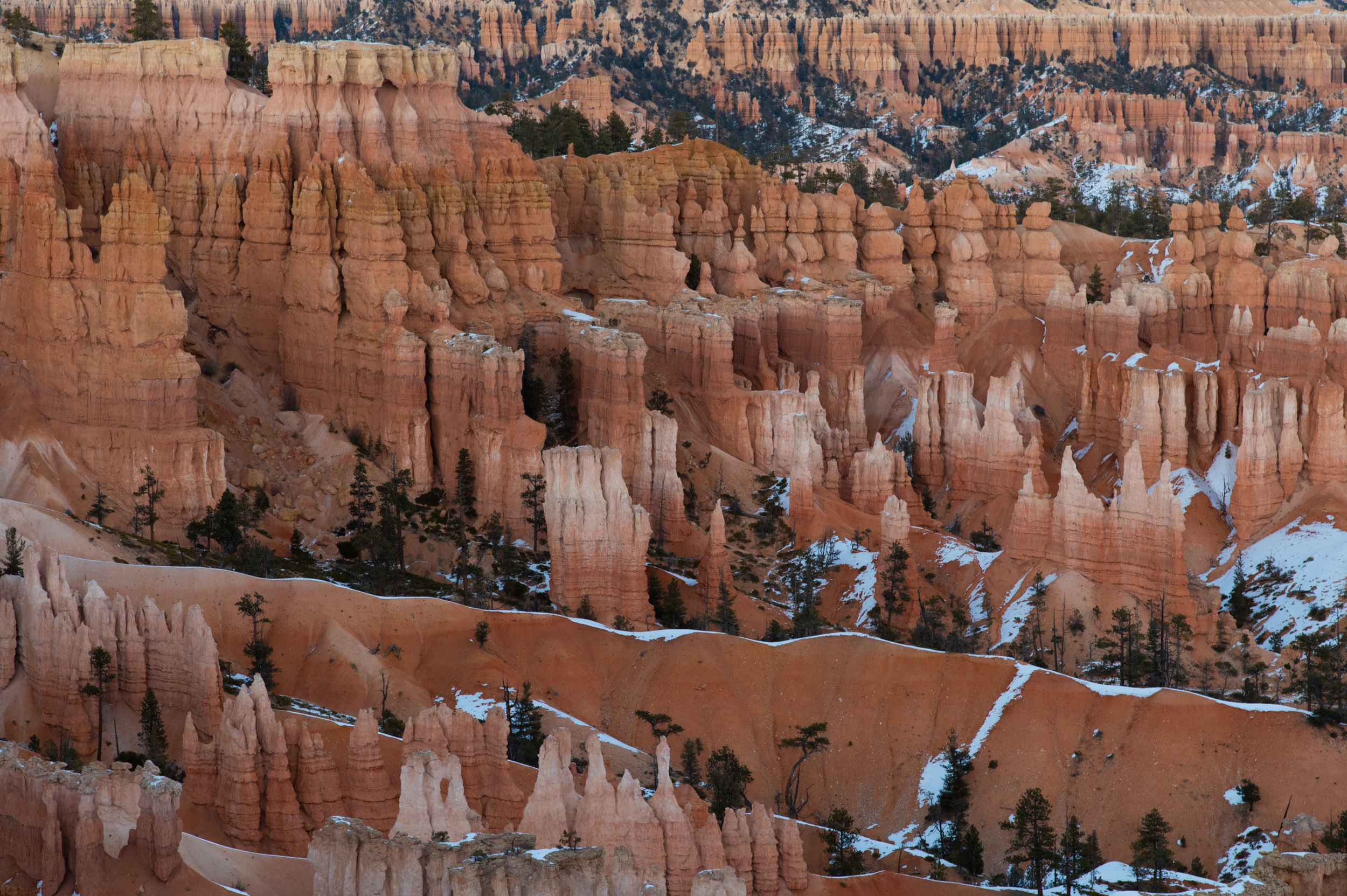

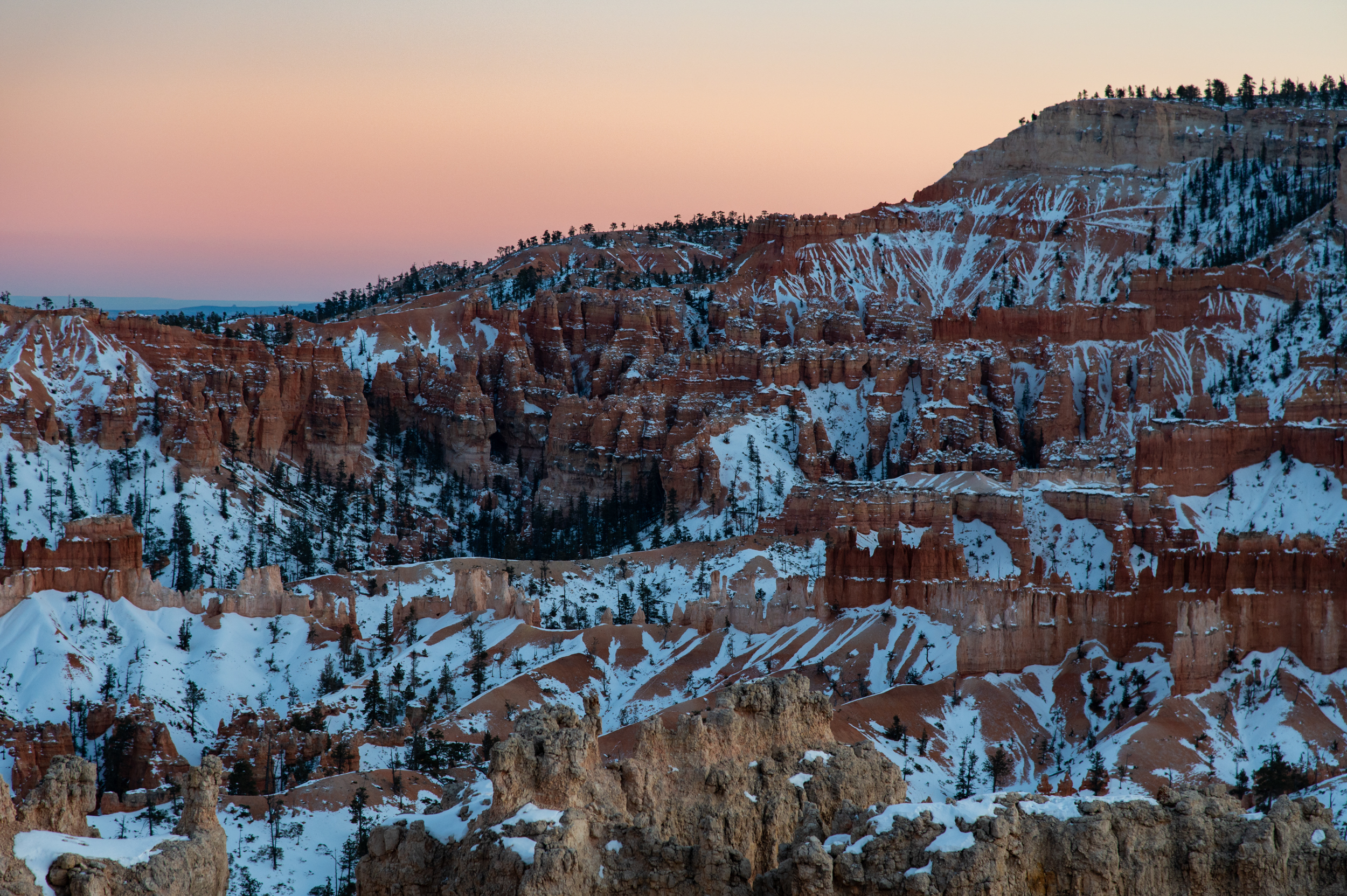
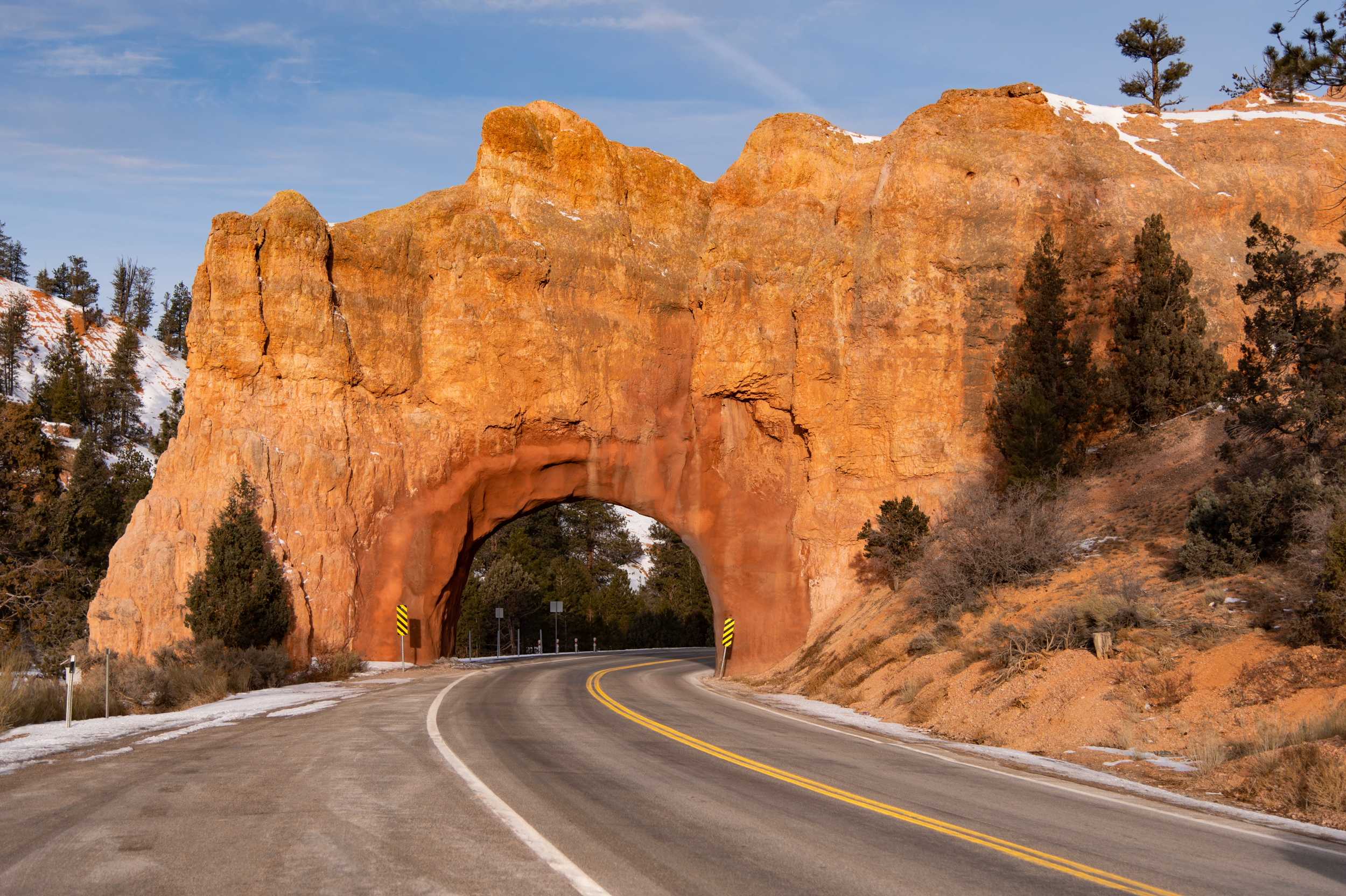
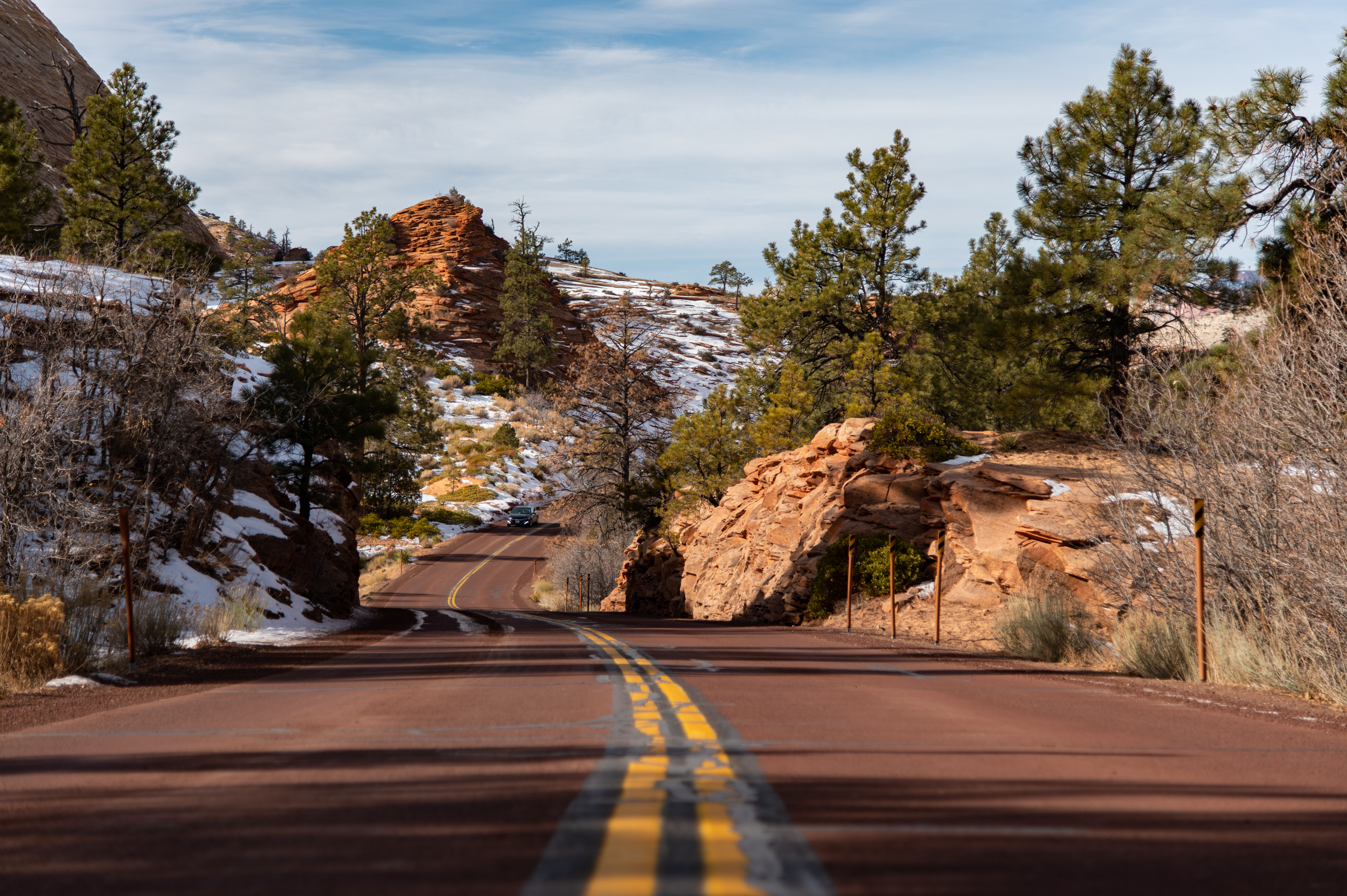

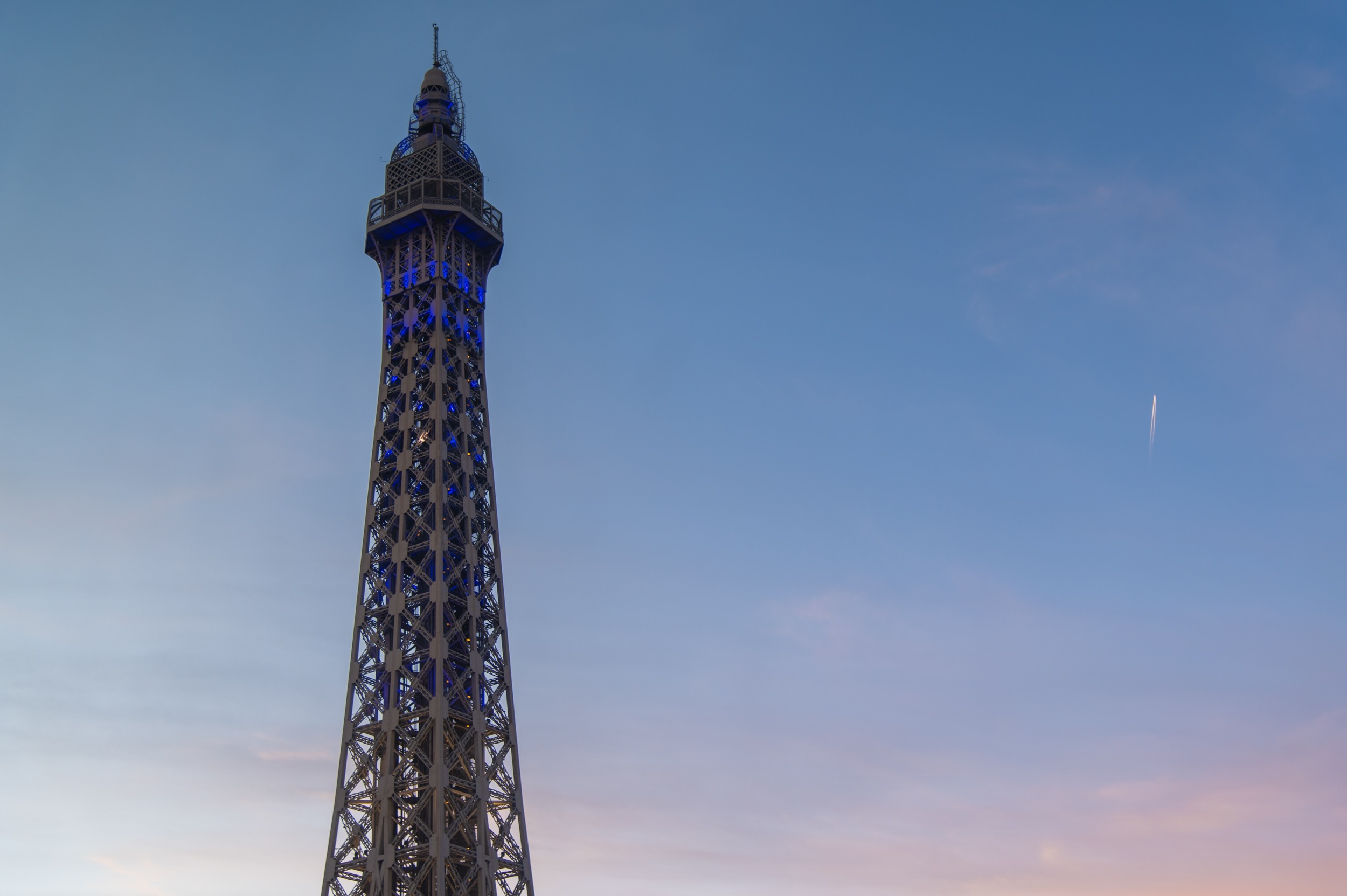
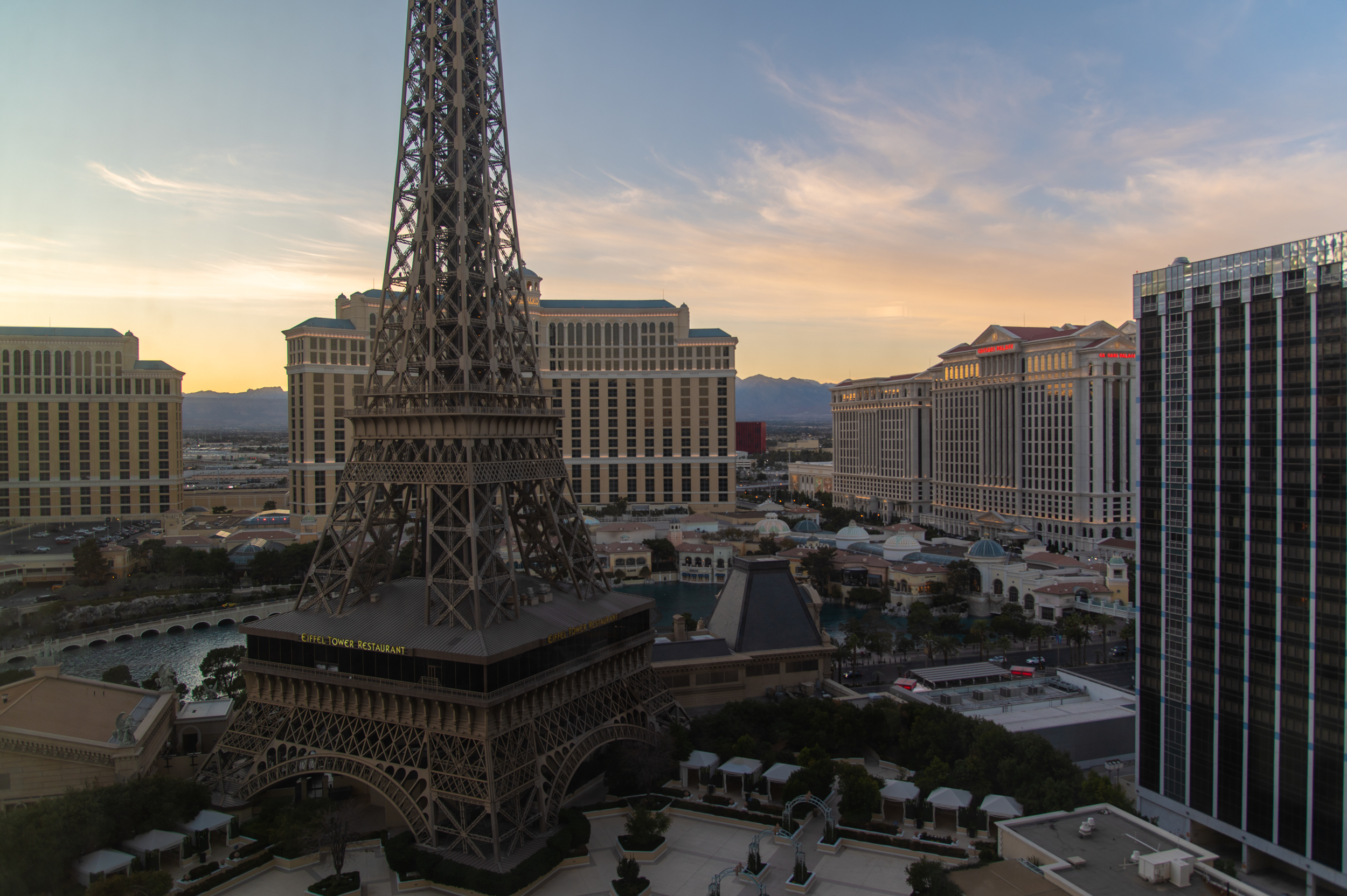
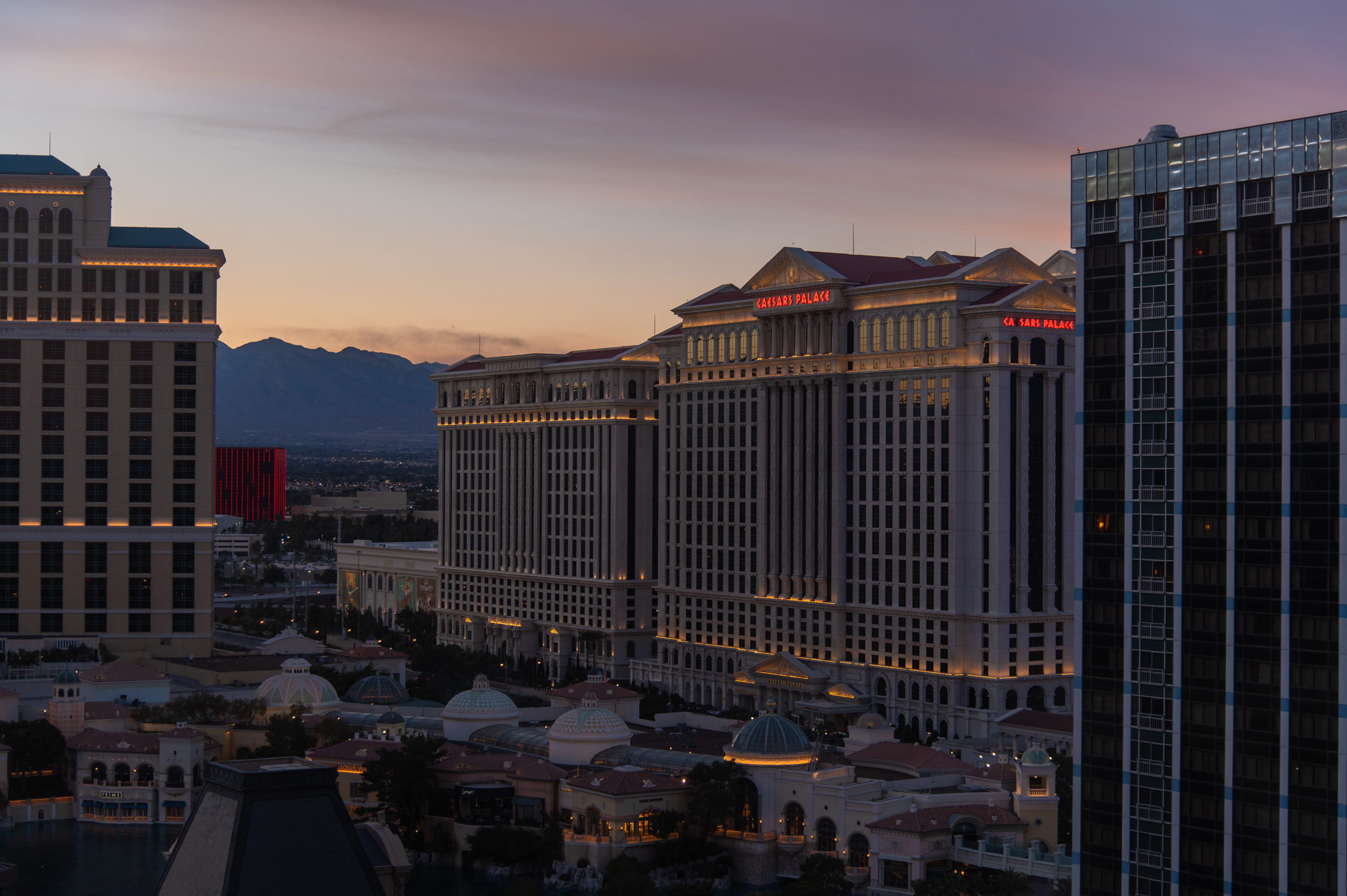
And some more sample images:
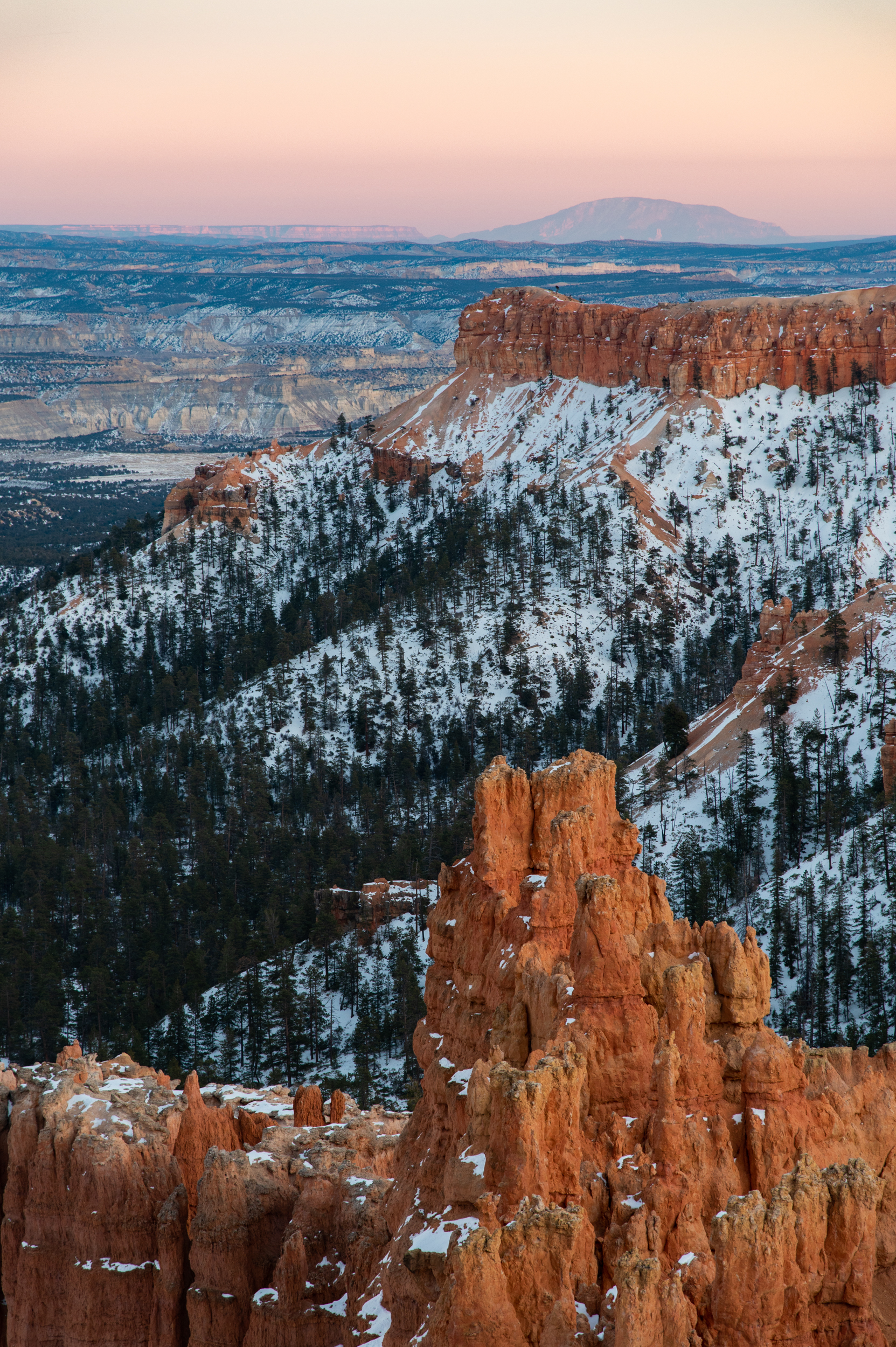
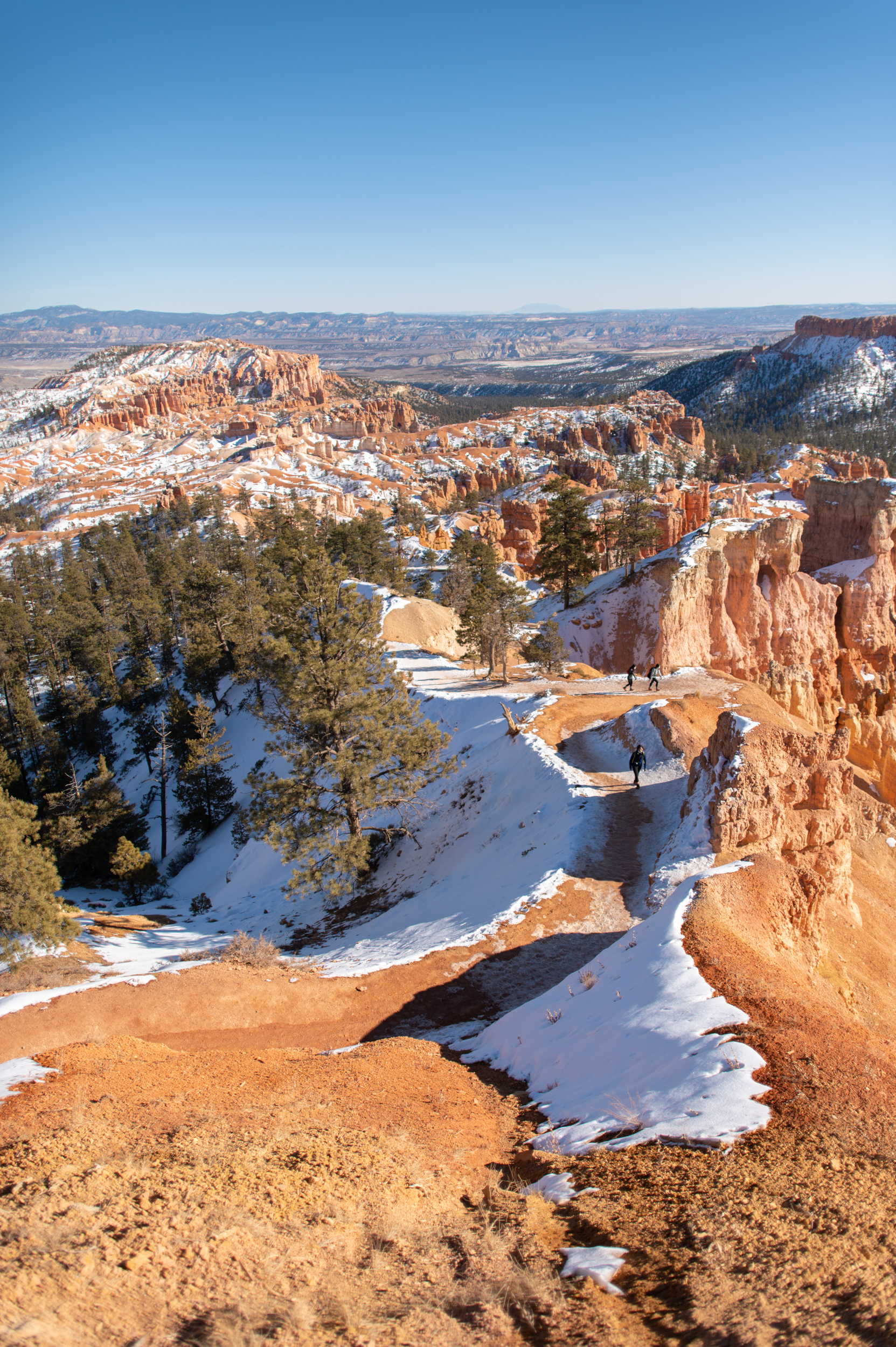
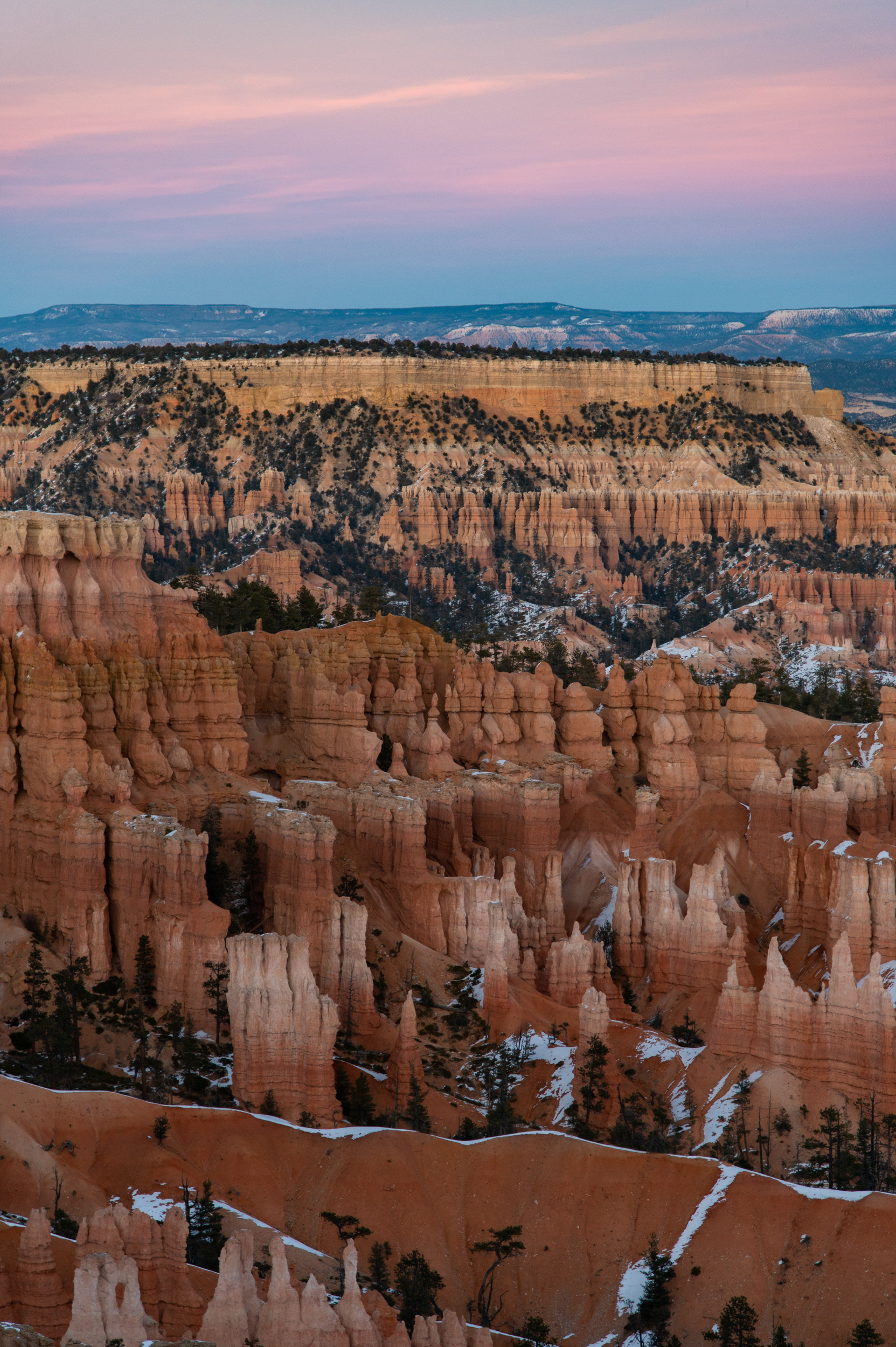
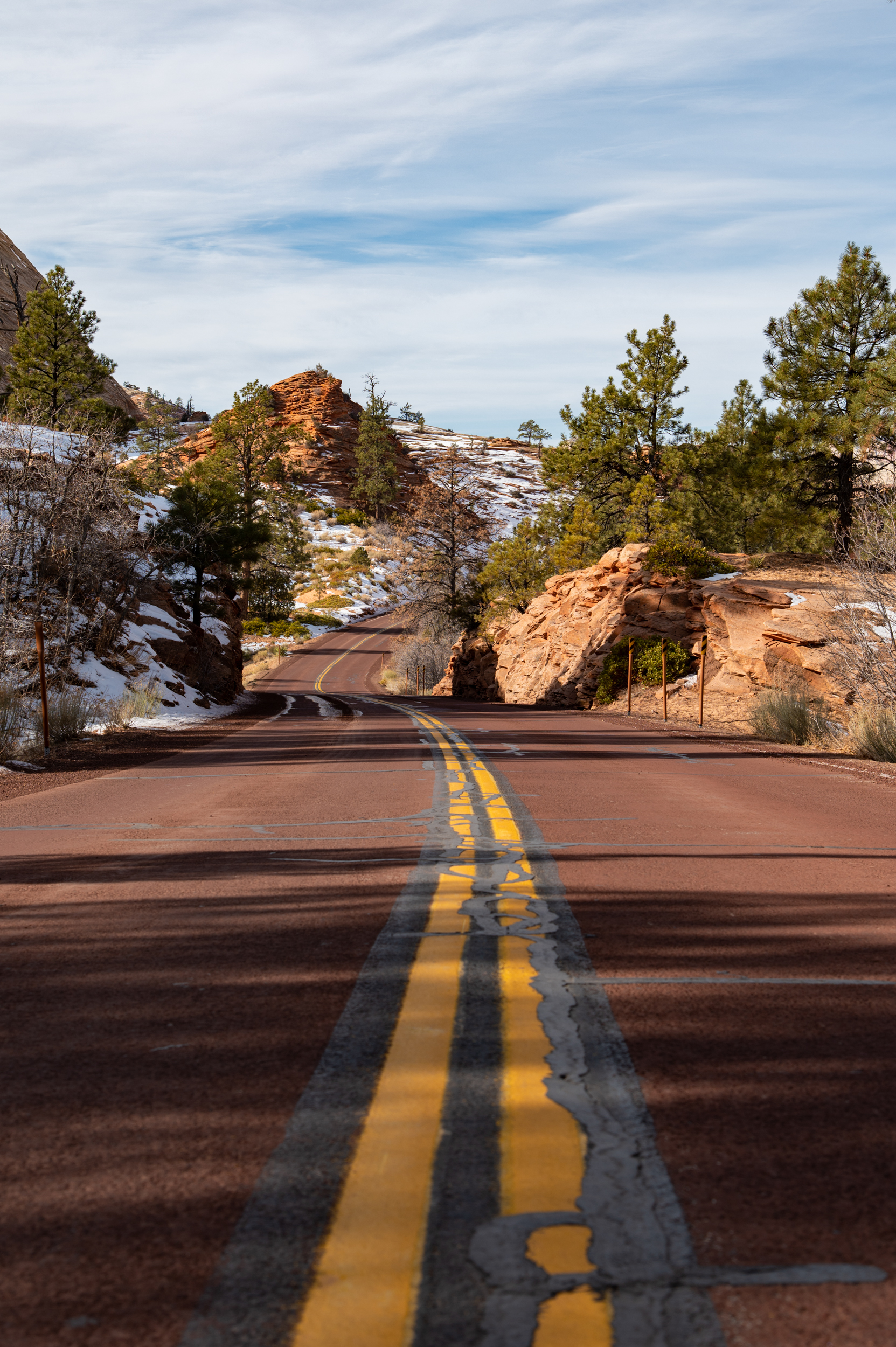
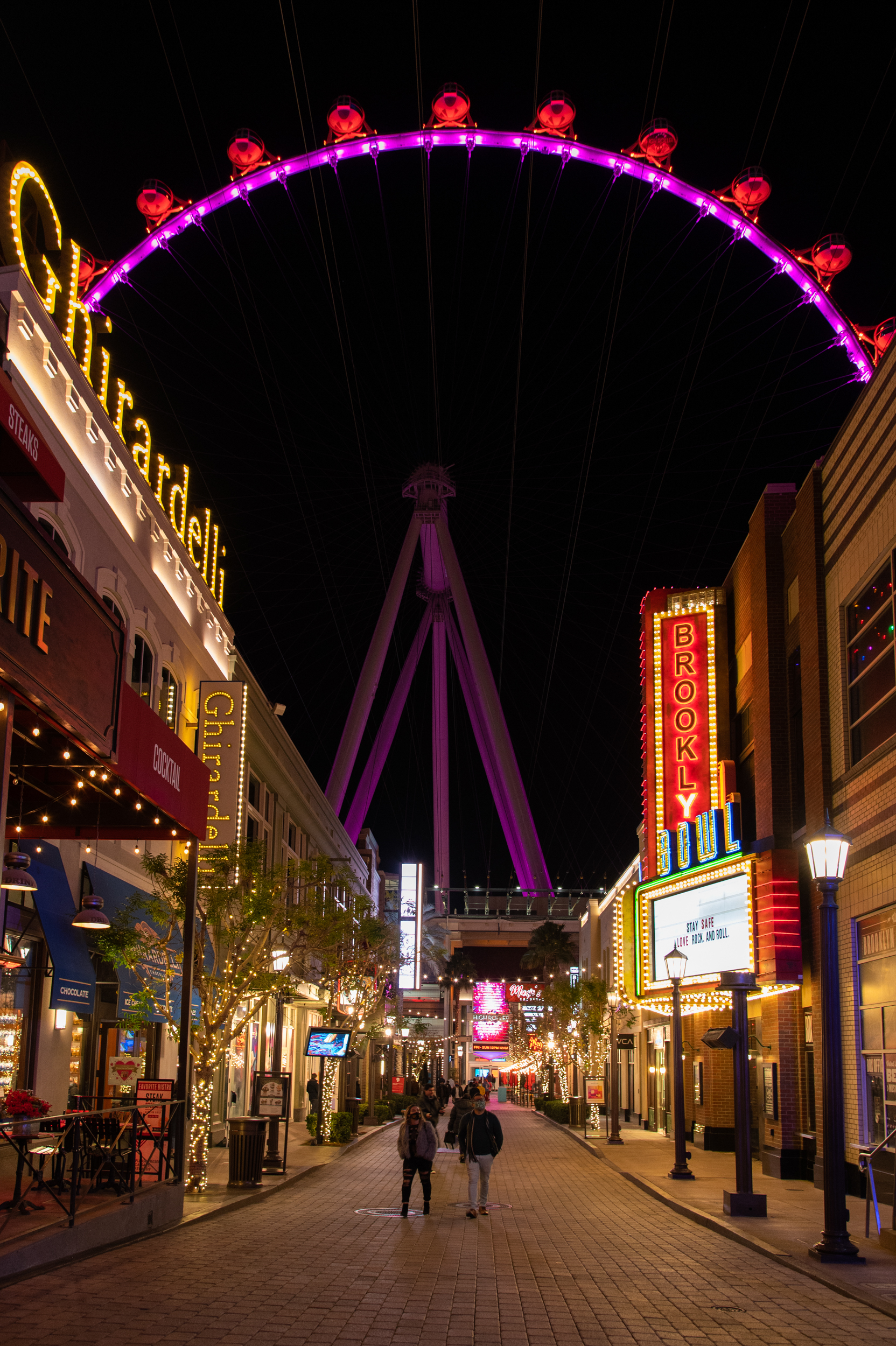
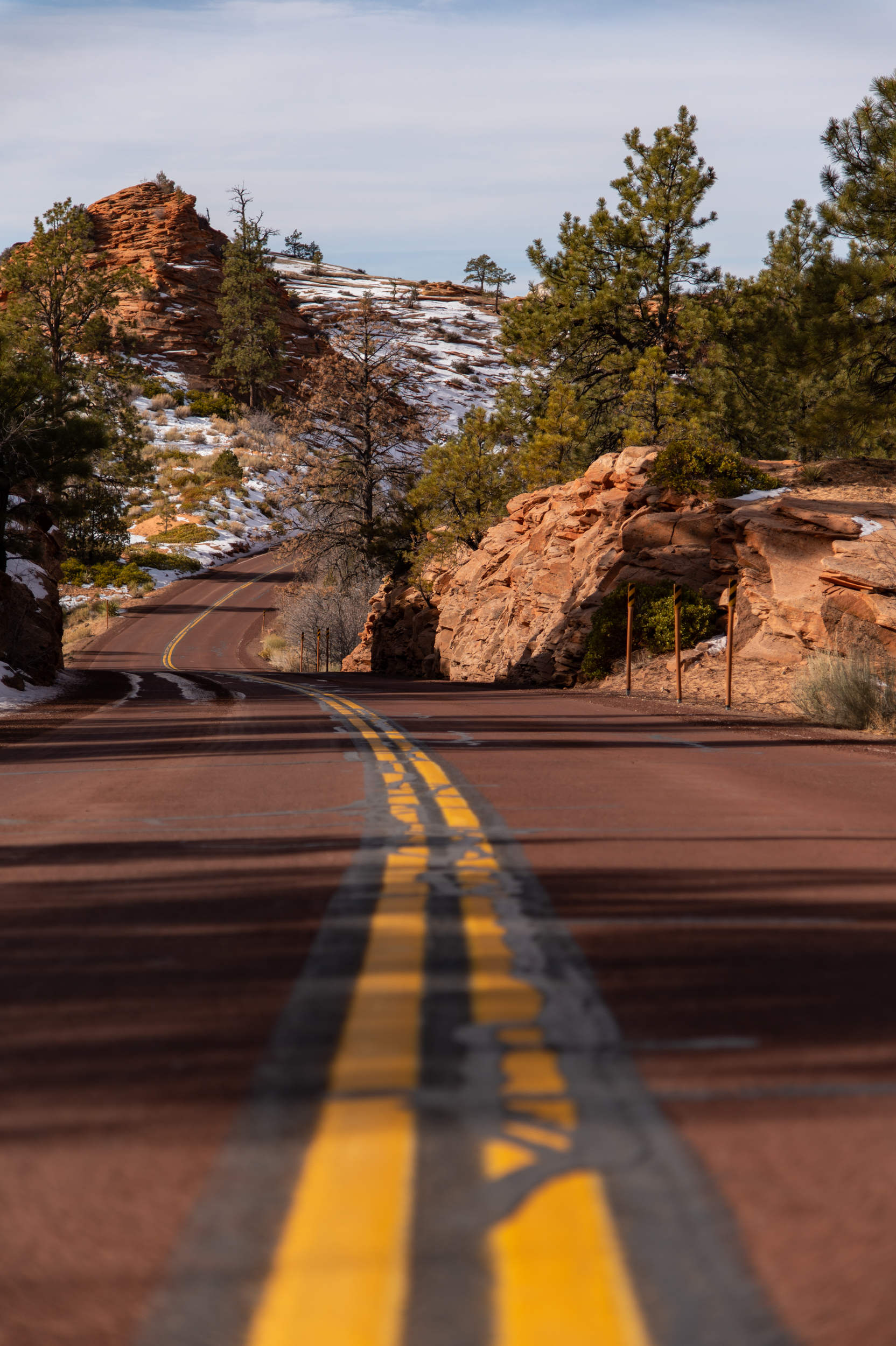
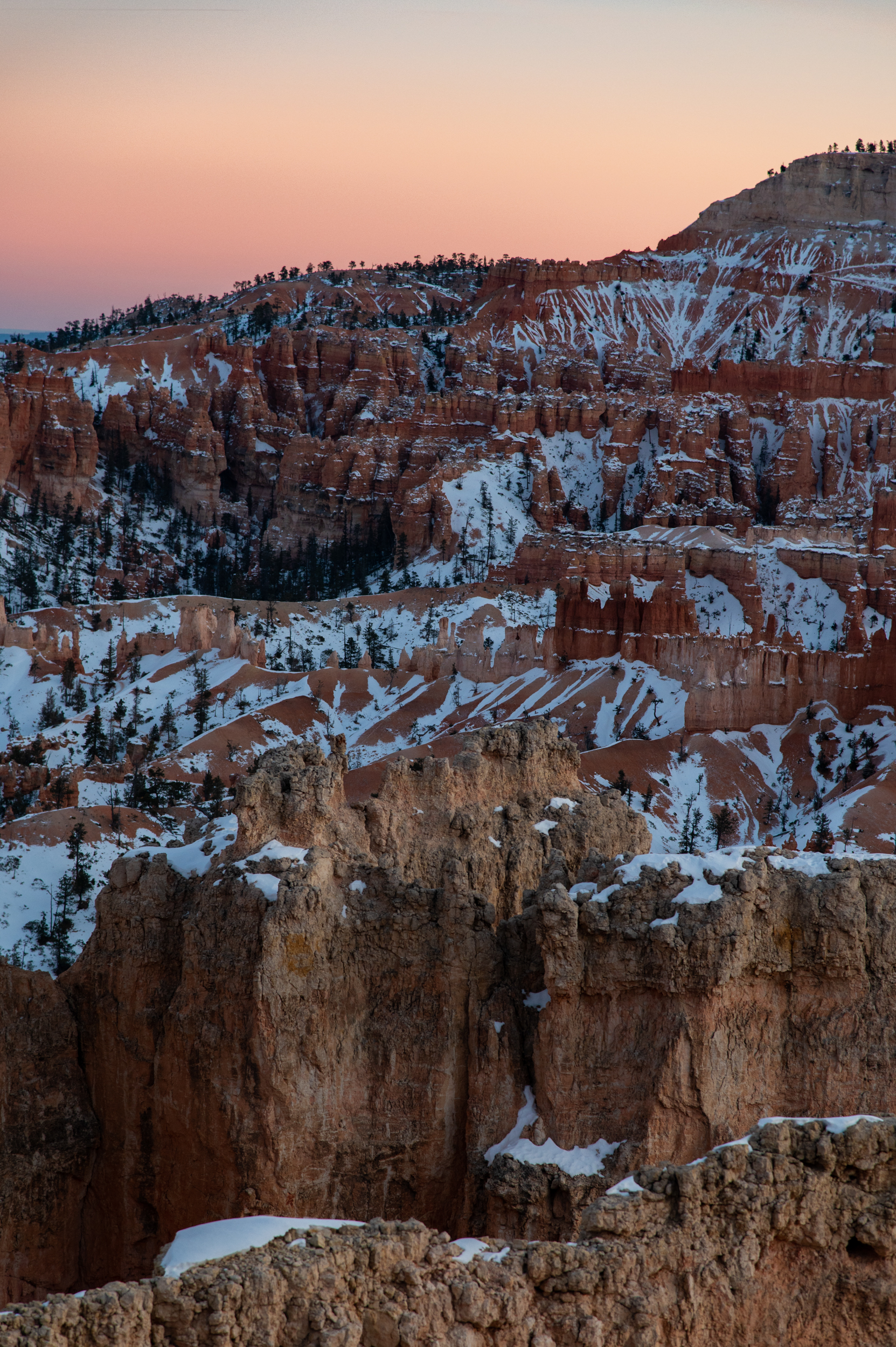
Nikon D780 Review: Verdict
The Nikon D780 has proven to be quite an impressive camera in its own right. By adopting some of its mirrorless cousin’s greatest strengths while staying true to its nature, it has in effect helped make DSLRs relevant again in a mirrorless world.
Still, is it enough to compel mirrorless fans to switch? It would be pretty hard to convince those who are big fans of the compact form factor, but thanks to the D780’s surprisingly effortless handling and intuitive controls, it isn’t impossible either. And, while the limitations of its viewfinder autofocusing may put some off, the more experienced shooters won’t find it enough of a disadvantage, especially considering its performance.
To those who still prefer the look, feel, and ways of a DSLR, the Nikon D780 might just be appealing enough. It’s just a shame it’s pricier than the mirrorless it’s taken pains to emulate.
- Best instant camera
- Best travel camera
- Best camera for kids
- Best entry-level camera
- Best cheap full-frame camera
Michelle Rae Uy is a tech and travel journalist, editor and photographer with a bad case of wanderlust. She is a regular contributor for IGN, TechRadar and Business Insider, and has contributed to Thrillist, Paste Magazine, Nylon, Fodor's and Steve's Digicams. Living mainly in California with her adorable cats, she splits her time between Los Angeles, London and the rest of the world.
